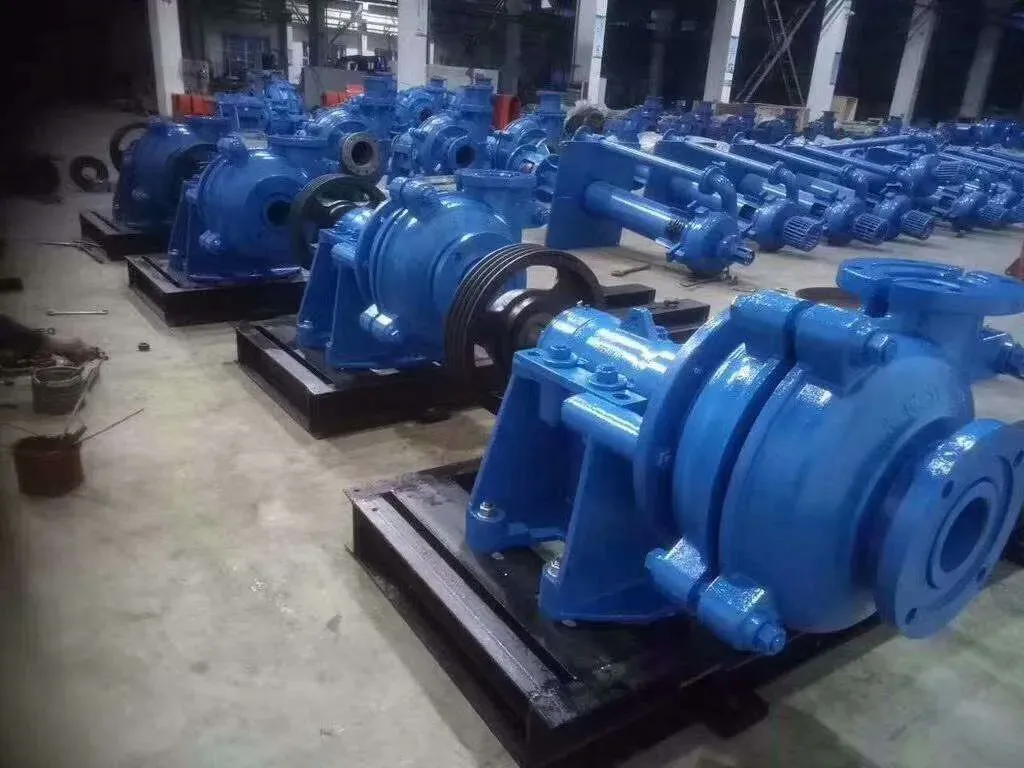irish
- Afrikaans
- Albanian
- Amharic
- Arabic
- Armenian
- Azerbaijani
- Basque
- Belarusian
- Bengali
- Bosnian
- Bulgarian
- Catalan
- Cebuano
- Corsican
- Croatian
- Czech
- Danish
- Dutch
- English
- Esperanto
- Estonian
- Finnish
- French
- Frisian
- Galician
- Georgian
- German
- Greek
- Gujarati
- Haitian Creole
- hausa
- hawaiian
- Hebrew
- Hindi
- Miao
- Hungarian
- Icelandic
- igbo
- Indonesian
- irish
- Italian
- Japanese
- Javanese
- Kannada
- kazakh
- Khmer
- Rwandese
- Korean
- Kurdish
- Kyrgyz
- Lao
- Latin
- Latvian
- Lithuanian
- Luxembourgish
- Macedonian
- Malgashi
- Malay
- Malayalam
- Maltese
- Maori
- Marathi
- Mongolian
- Myanmar
- Nepali
- Norwegian
- Norwegian
- Occitan
- Pashto
- Persian
- Polish
- Portuguese
- Punjabi
- Romanian
- Russian
- Samoan
- Scottish Gaelic
- Serbian
- Sesotho
- Shona
- Sindhi
- Sinhala
- Slovak
- Slovenian
- Somali
- Spanish
- Sundanese
- Swahili
- Swedish
- Tagalog
- Tajik
- Tamil
- Tatar
- Telugu
- Thai
- Turkish
- Turkmen
- Ukrainian
- Urdu
- Uighur
- Uzbek
- Vietnamese
- Welsh
- Bantu
- Yiddish
- Yoruba
- Zulu
Telephone: +86 13120555503
Email: frank@cypump.com
Dec . 11, 2024 03:08 Back to list
Understanding the Benefits and Applications of Submersible Pumps in Various Industries
Understanding Submersible Pumps An Essential Tool for Fluid Management
Submersible pumps are versatile and efficient devices designed for a wide range of applications, including drainage, sewage treatment, and water supply. Unlike traditional pumps that draw water up from a surface level, submersible pumps are fully submerged in the fluids they are designed to move. This unique design allows them to operate efficiently in environments where other pumps may struggle.
How Submersible Pumps Work
At the core of a submersible pump lies an electric motor that is hermetically sealed to prevent water from entering. When activated, the motor drives an impeller, spinning it to create a pressure differential that draws fluid into the pump through an intake screen. Once inside, the impeller propels the fluid upward through a discharge pipe, allowing for efficient movement even from considerable depths. This design not only minimizes the likelihood of cavitation but also reduces the energy required to lift fluids, making submersible pumps energy efficient.
Types of Submersible Pumps
Submersible pumps come in various types, catering to different applications
1. Sewage Submersible Pumps These pumps are designed to handle wastewater and solids. With features like a sturdy casing and durable impellers, they can manage sewage and effluent effectively, making them ideal for residential and municipal sewage systems.
2. Clean Water Submersible Pumps Used primarily in wells and boreholes, these pumps are capable of delivering clean water for drinking, irrigation, and other applications. They are characterized by their high efficiency and ability to work at significant depths.
3. Drainage Submersible Pumps Often employed in construction sites and flood control operations, these pumps can remove water quickly from foundations, trenches, and pits. Their portable nature makes them a practical choice for temporary drainage solutions.
4. Sludge Submersible Pumps Built to handle abrasive substances mixed with water, these pumps are used in industries where slurries or thick materials need to be moved, such as mining or wastewater treatment.
submerssible pump

Advantages of Submersible Pumps
One of the primary benefits of submersible pumps is their efficiency. Since they are submerged, they do not need to overcome the gravitational pull from a surface level. This translates to lower energy consumption and, ultimately, reduced operating costs. Furthermore, submersible pumps typically have lower maintenance requirements, as they are less exposed to air and contaminants.
Another significant advantage is their versatility. Submersible pumps can operate in a variety of environments, including deep wells, flooded areas, and industrial sites. Their ability to handle solid materials makes them suitable for numerous applications, enhancing their utility across different sectors.
Considerations When Choosing a Submersible Pump
When selecting a submersible pump, several factors must be considered
- Depth of Submersion Understand the maximum depth at which the pump will operate, as this will influence the pump's capacity and power requirements. - Fluid Characteristics The type of fluid being pumped (clean water, sewage, sludge) will determine the kind of impeller and materials needed for durability and efficiency.
- Flow Rate Requirements Consider the required flow rate to ensure the pump can handle the volume of fluid efficiently.
- Power Supply Availability of power sources can affect the choice of pump, with some models requiring specific electrical specifications.
Conclusion
Submersible pumps are vital tools for effective fluid management across various industries. Their unique design, coupled with their efficiency, reliability, and versatility, makes them indispensable in many applications. By understanding the different types and their specific features, users can make informed decisions that meet their unique water and fluid handling needs. Whether for agricultural irrigation, municipal sewage treatment, or industrial use, submersible pumps continue to play a crucial role in modern fluid management solutions.
-
Heavy-Duty Mining Sludge Pumps - Wear-Resistant Slurry Handling
NewsAug.02,2025
-
Horizontal Split Case Pump with GPT-4 Turbo | High Efficiency
NewsAug.01,2025
-
ISG Series Pipeline Pump - Chi Yuan Pumps | High Efficiency, Durable Design
NewsAug.01,2025
-
Advanced Flue Gas Desulfurization Pump with GPT-4 Turbo | Durable & Efficient
NewsJul.31,2025
-
ISG Series Vertical Pipeline Pump - Chi Yuan Pumps | Advanced Hydraulic Design&Durable Construction
NewsJul.31,2025
-
ISG Series Vertical Pipeline Pump - Chi Yuan Pumps | Energy Efficient & Low Noise
NewsJul.31,2025










